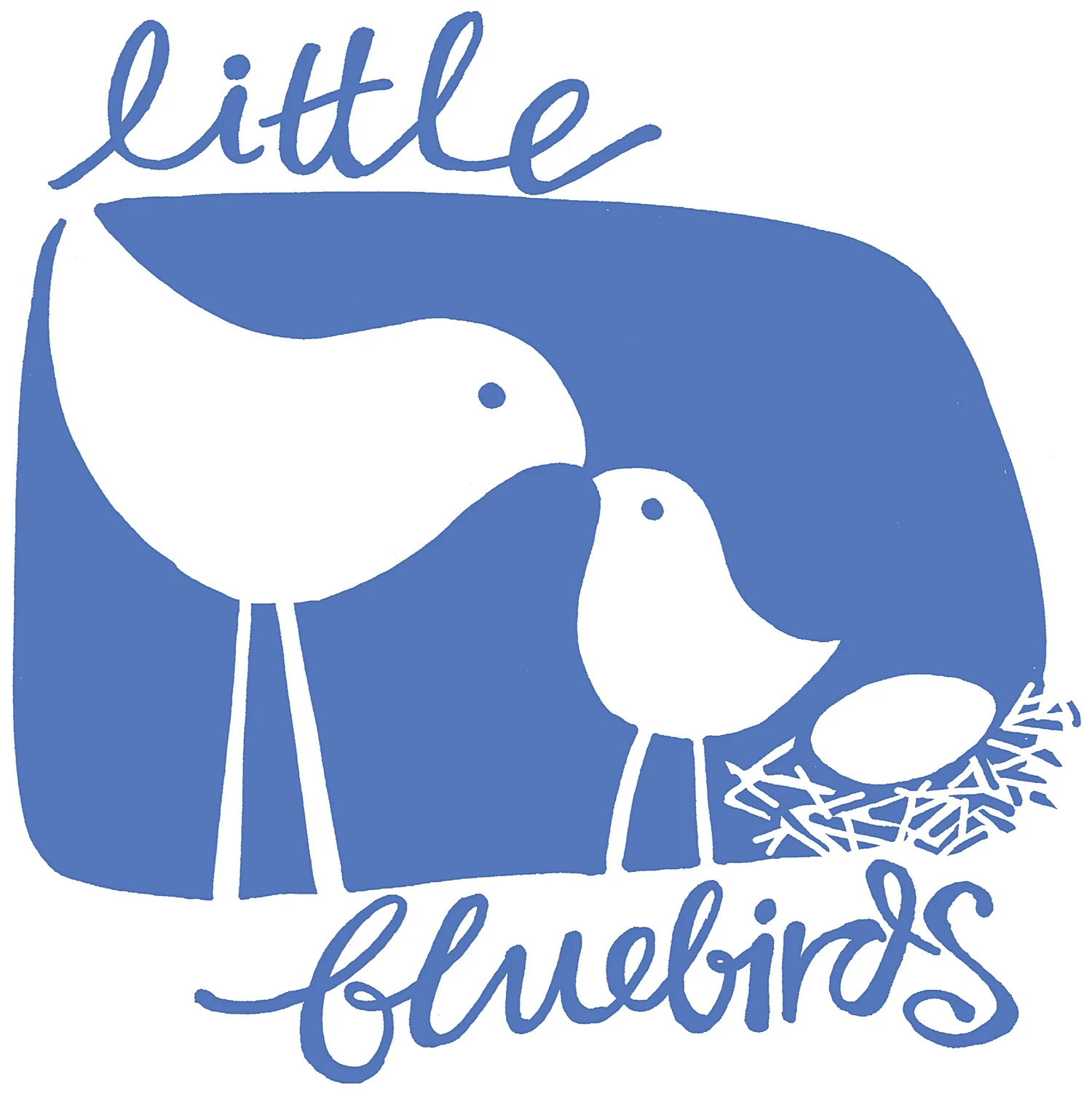Shadow drawing
Shadows are a fascinating thing to explore, and can open up many opportunities for learning. As we get further into Spring, and the days become sunnier, we can use the magic of shadows to explore the light, patterns and shapes that are around us in nature.
Below are two activities that combine shadows and art.
MY shadow:
Invite your toddler or child to stand with the sun behind them, and trace the shadow their body makes on the ground. This can be done with chalk on concrete, or with a big sheet of cardboard/paper and a pen. Depending on how high and bright the sun is, the shadow will vary a lot in shape and size! Once you’ve traced the outline, have fun colouring the shadow in together and adding finishing touches - eyes, mouth, nose, hair etc. Children often get a real sense of pride when they see the final product, as there is something special about art work that is truly unique to them!
Natural shadows:
Place a large sheet of paper or cardboard on the ground in a sunny or well-lit outdoor area. Ideally, the surface will be flat and firm so you can draw on the paper relatively easily. Place some natural items in jars (or poke them into the dirt) and experiment by placing them at different sides of the paper until they project a shadow across it. Invite your child to trace the outline of the flowers, leaves, stems and other details they can see in the shadow.
Keep in mind - the outcome will vary a LOT depending on your child’s age, interest, experience with a pencil, patience and so on. Some will quickly trace around the whole shadow and be quite content to move on, and others may spend an hour sketching each tiny shadow detail. This is the great thing about art and nature - there is no right or wrong and your child can lead the way!
A few challenges that you might come across are the breeze moving your natural items and changing the shadow, your body or hand covering the shadow you’re trying to trace, or clouds temporarily covering the sunlight and fading the shadow. All of these create an opportunity to notice, improvise, practise patience and let go of perfection.
Once you’ve finished, the shadowy outlines can be left as is, or used as a colouring in page or base for watercolour painting!





